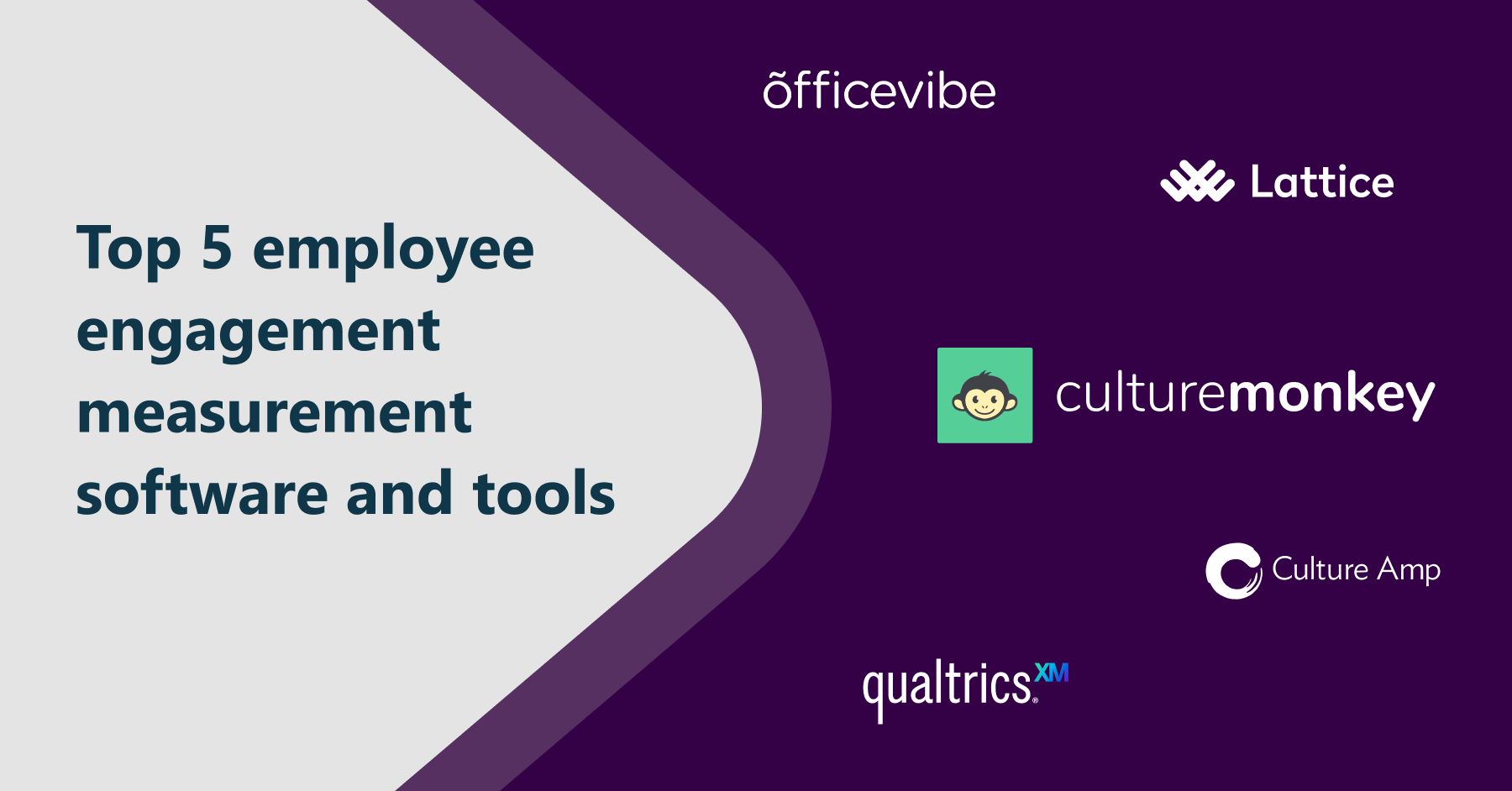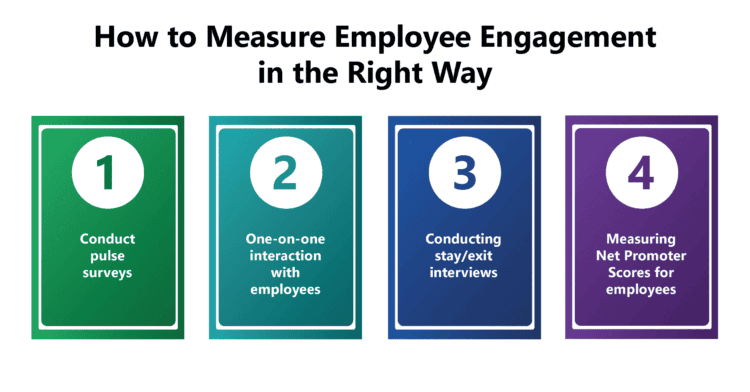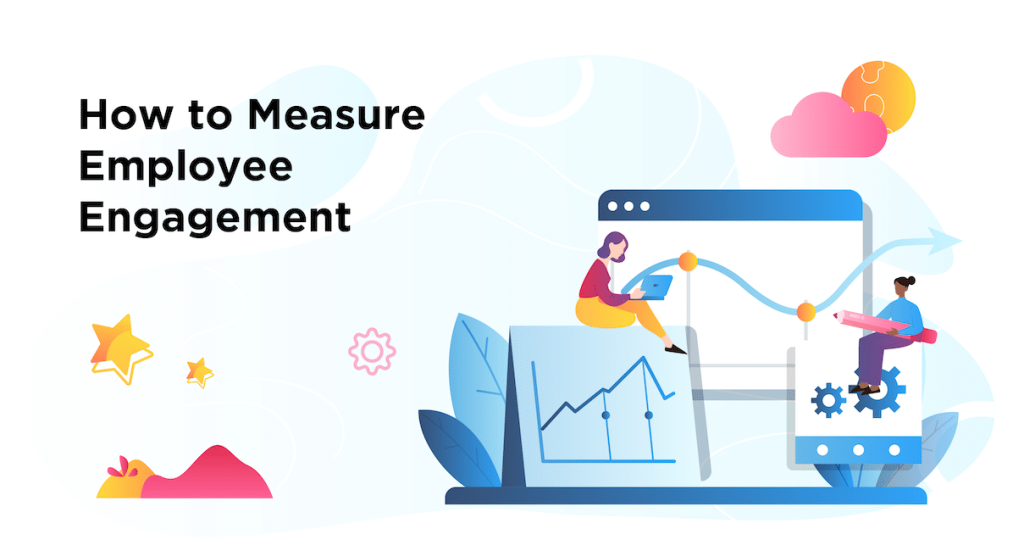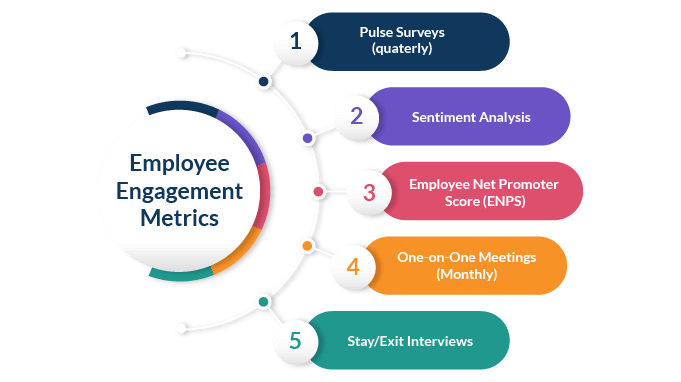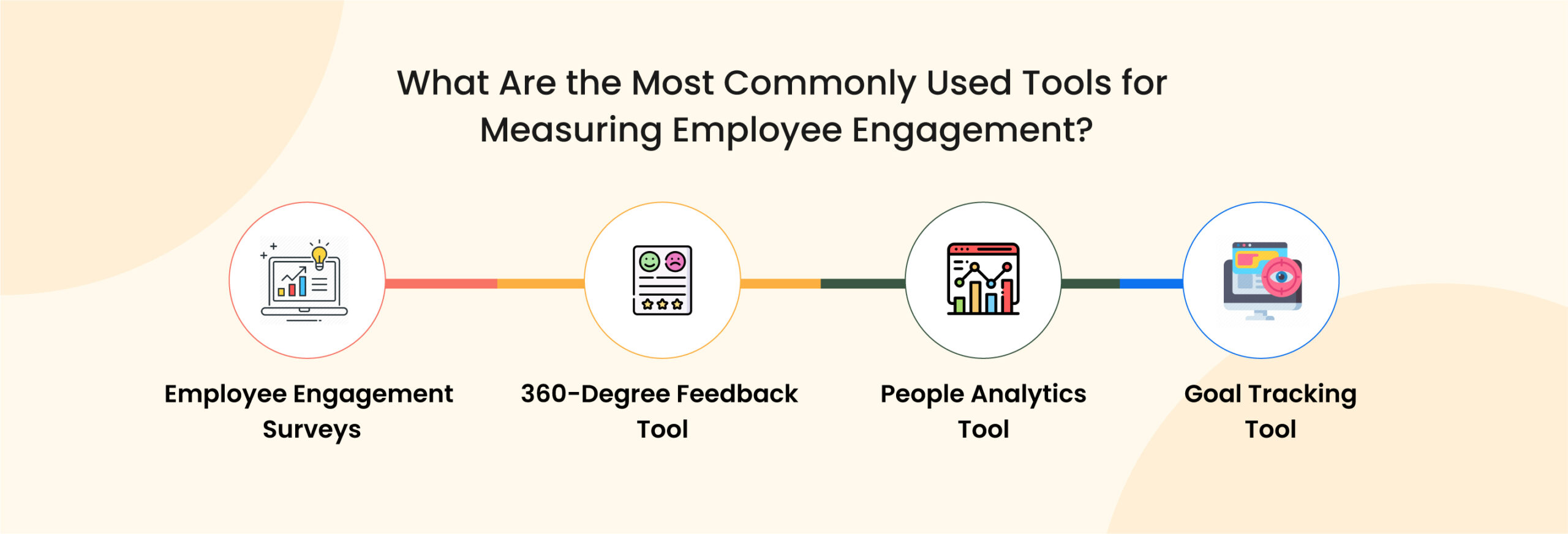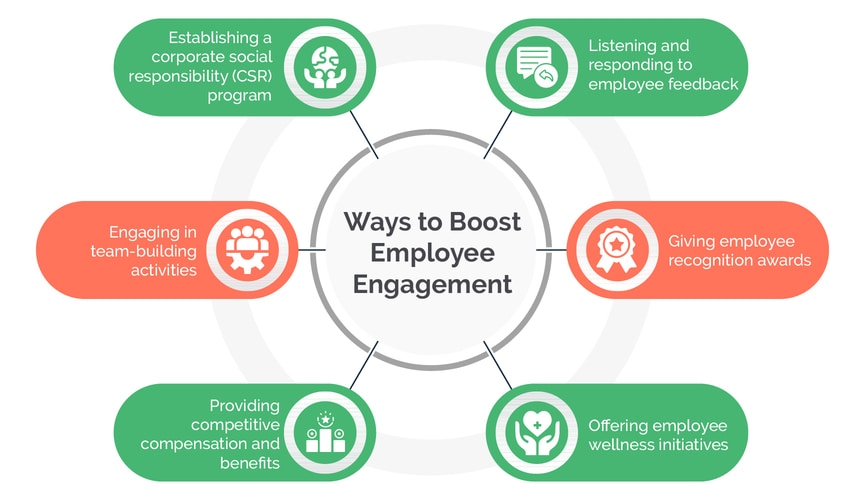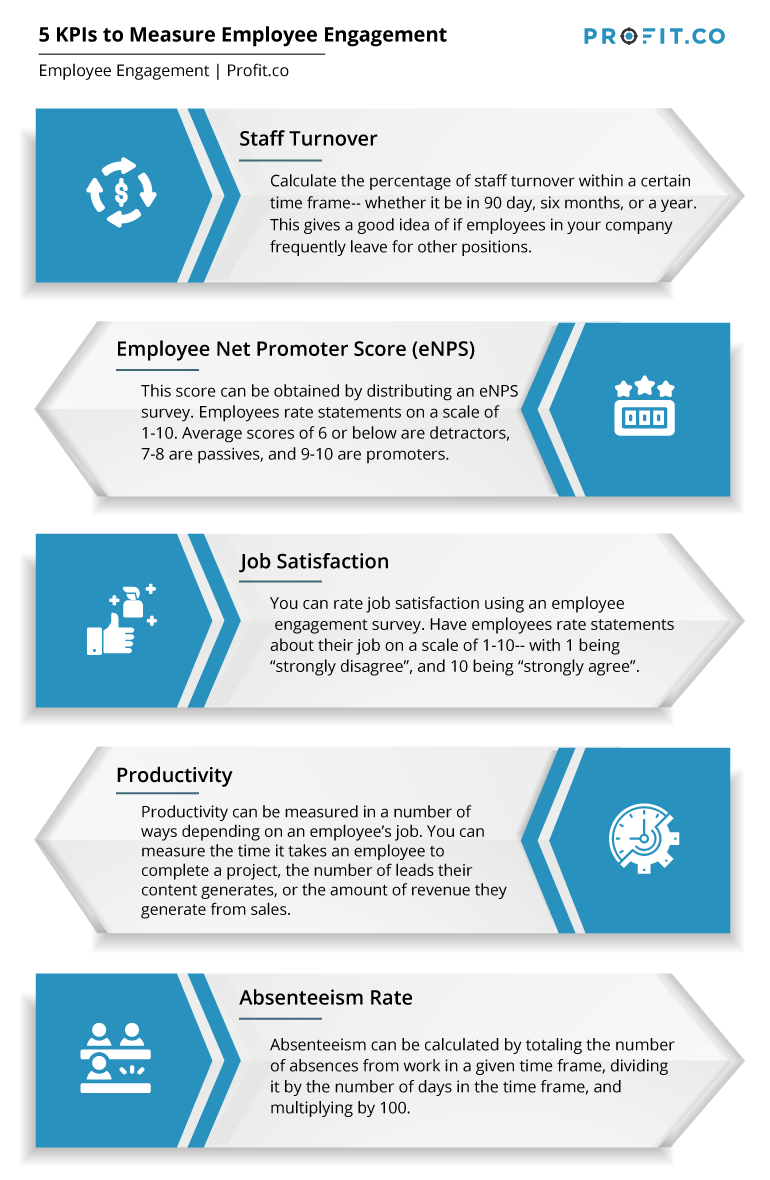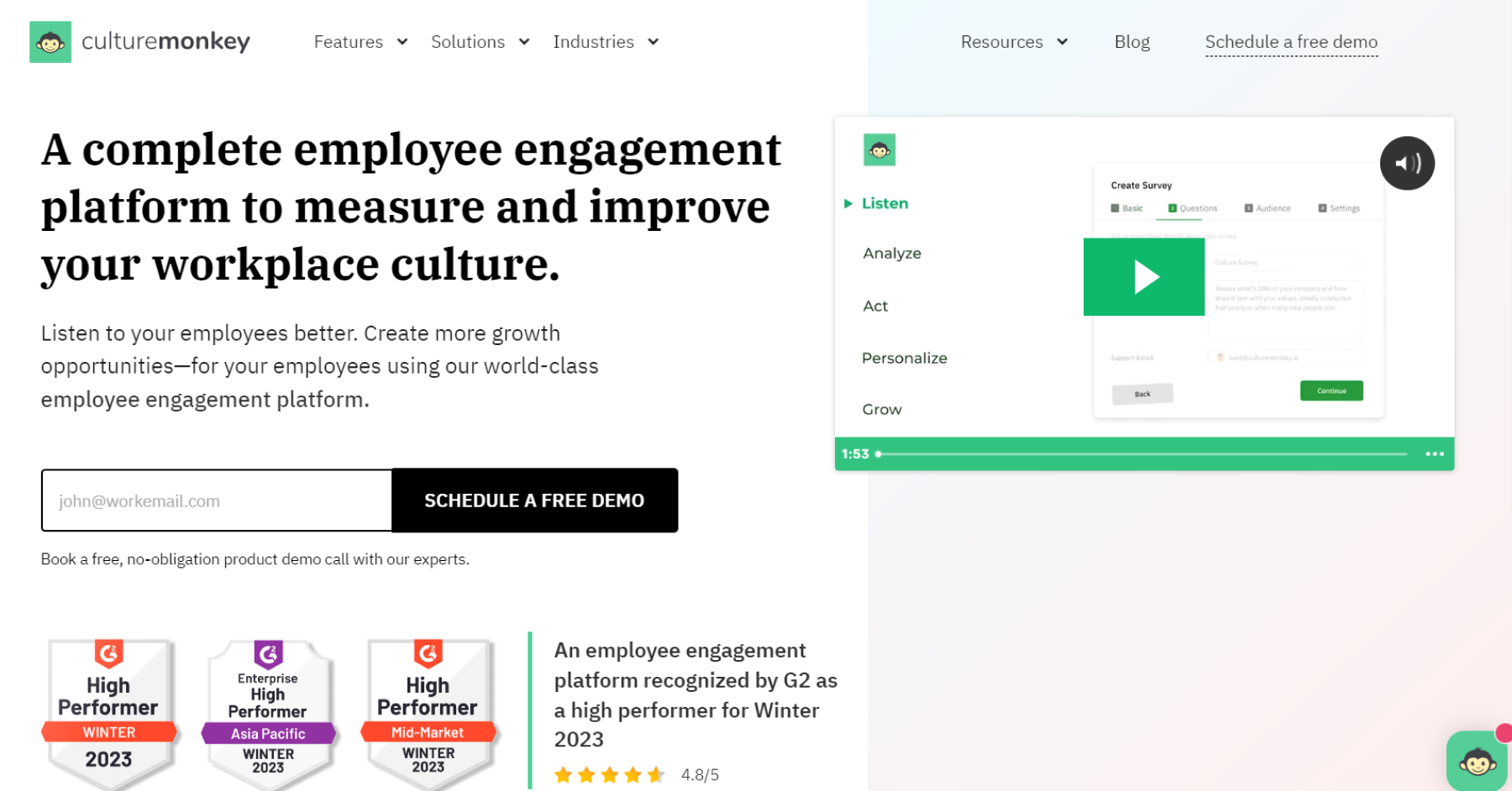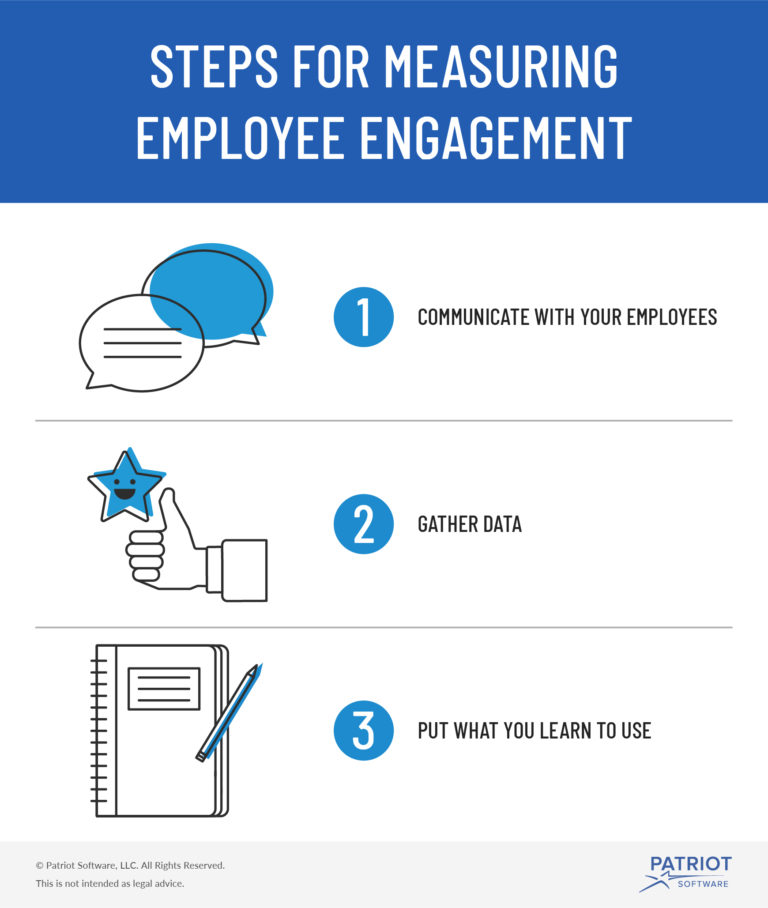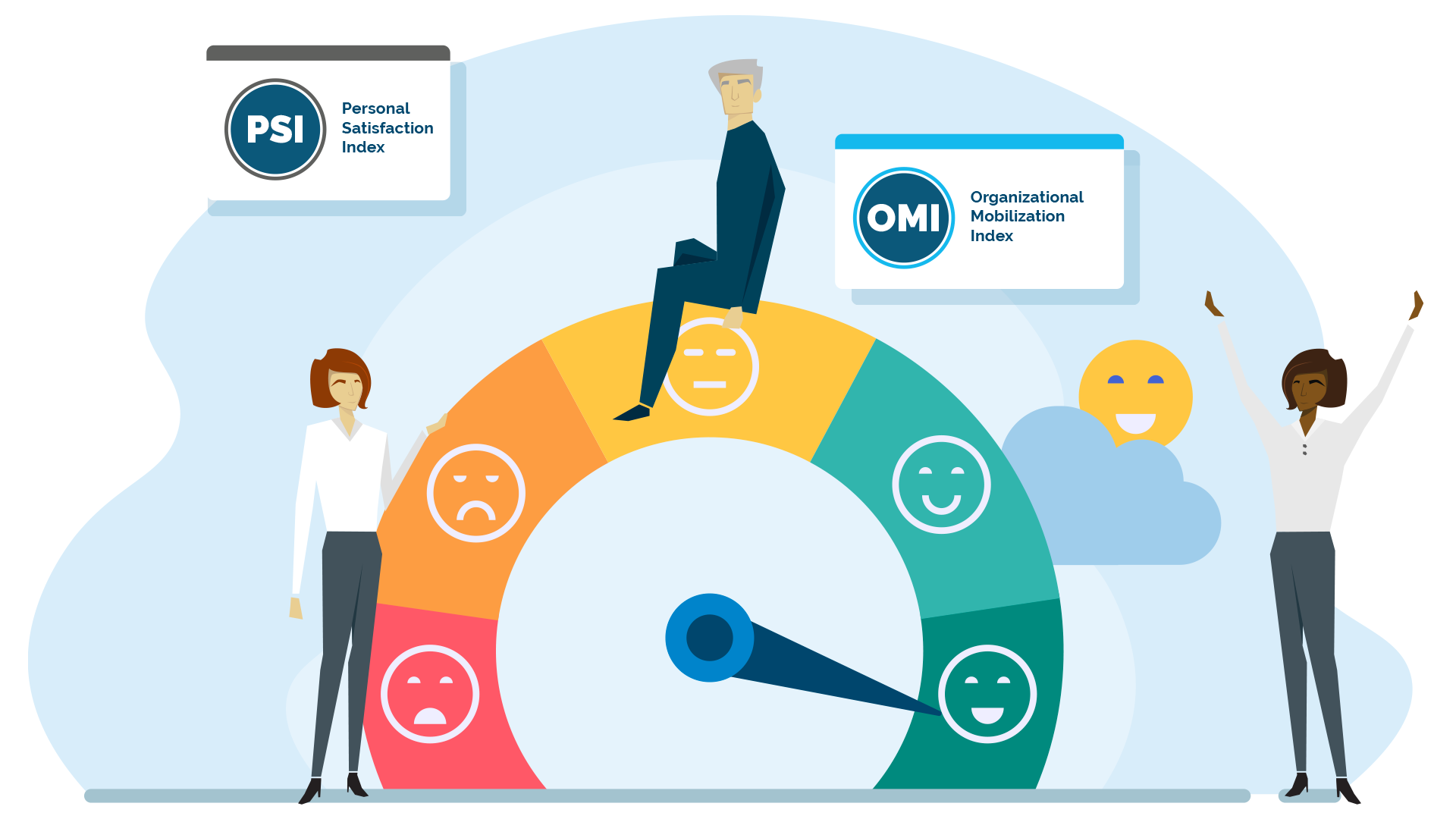Employee Engagement Measurement Tools

Employee disengagement is silently eroding productivity and profitability across industries. New data reveals a surge in demand for advanced employee engagement measurement tools as companies fight back.
The stakes are high: Organizations are scrambling to accurately gauge employee sentiment and take decisive action to improve it. This article dives into the most sought-after tools and strategies for effectively measuring and boosting employee engagement.
The Rise of Engagement Measurement Platforms
Globally, the employee engagement software market is projected to reach $3.91 billion by 2030, growing at a CAGR of 11.1% from 2023, according to a recent report by Fortune Business Insights. This growth reflects the increasing recognition of the link between engagement and business outcomes.
Companies are moving beyond annual surveys. They are now implementing real-time feedback mechanisms and sophisticated analytics dashboards.
Top Tools on the Market
Qualtrics EmployeeXM remains a frontrunner, offering comprehensive survey capabilities and AI-powered insights. It helps identify key drivers of engagement.
Glint, now part of LinkedIn, provides pulse surveys and continuous feedback loops, integrated with LinkedIn's professional network. This enables benchmarking against industry standards.
Culture Amp focuses on action-oriented insights, helping companies translate feedback into tangible improvements. They emphasize creating a data-driven culture.
TinyPulse prioritizes quick, weekly micro-surveys to capture immediate employee sentiment. This facilitates rapid response to emerging issues.
The Importance of Actionable Insights
Data alone is not enough. The value of these tools lies in their ability to generate actionable insights that drive meaningful change.
A recent study by Gallup found that teams in the top quartile of engagement experience 23% greater profitability and 18% higher productivity. This highlights the ROI of focusing on employee engagement.
Companies need to analyze the data, identify key areas for improvement, and implement targeted interventions. This might involve adjusting compensation and benefits, improving communication, or providing more opportunities for professional development.
Overcoming Implementation Challenges
Implementing engagement measurement tools isn't always straightforward. Companies face challenges like low survey participation rates and data privacy concerns.
To address these challenges, organizations should communicate the purpose of the measurement process clearly. Anonymity and confidentiality are also essential to build trust.
It's critical to demonstrate that employee feedback is being taken seriously and used to drive positive change. Otherwise, employees will become cynical and disengaged with the process.
According to research by Deloitte, companies with strong employee engagement programs experience 59% less turnover. This underscores the importance of addressing implementation challenges effectively.
Looking Ahead
The evolution of employee engagement measurement tools is ongoing. We can expect to see further integration of AI and machine learning to provide even deeper insights and personalized recommendations.
Predictive analytics will play a larger role, enabling companies to anticipate and address potential engagement issues before they escalate.
Organizations must stay informed about the latest advancements and adapt their strategies accordingly to remain competitive and attract and retain top talent.

